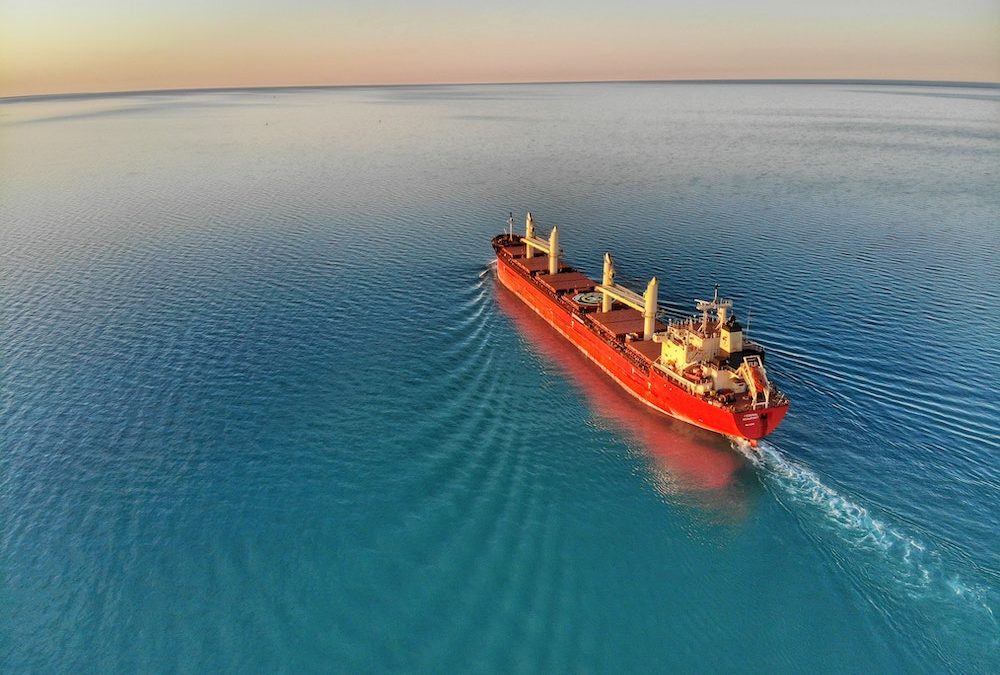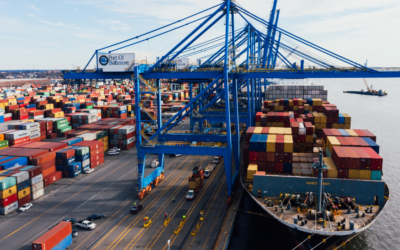You’ve undoubtedly heard the saying, “what goes up must come down.” Such is the case across the board, and it also seems to be coming true for the shipping industry. Amid record revenue returns, Søren Skou, CEO of global shipping firm Maersk warns that the future may well bring some dark clouds. The world is changing as consumer buying patterns shift, putting the shipping industry’s future in a downward trajectory. And it’s not just Maersk; others in the industry saw a 2022 lift that will likely be followed by a decline in the coming year.
2022 Sees Record Revenue for Shipping Companies
Maersk, a Danish shipping firm, reported an EBITDA of $10.9 billion in the third quarter of 2022. Similarly, Hapag-Lloyd AG, a German-based company, posted a revenue of $10.1 billion in the same period. But that likely won’t hold.
The reasons executives cite for the slowing as we look toward the shipping industry’s future include the war in Ukraine, Europe’s energy crisis, skyrocketing inflation, a potential recession, unresolved supply chain disruptions, and continuing effects of the COVID-19 pandemic.
The Future of the Shipping Industry Marks a Change in Consumer Habits
Even though Maersk and Hapag-Lloyd have been enjoying the bump in revenue, they see the writing on the wall. Just days ago, Hapag-Lloyd’s shares fell, which seems to be happening across the shipping industry.
According to Skou, reduced consumer demand is at the core of the slowdown.
During the last two years, which brought significant port congestion and supply chain bottlenecks, shipping costs rose. It was nearly inevitable due to supply and demand. Consumers were at home looking for things to do, so they purchased goods. Those products couldn’t easily be transported across the globe because of the shutdowns and backups. It was a bit of a cluster.
However, as the world reopened, consumers transitioned from purchasing goods to spending more on services. And that is driving the change in the shipping industry’s future. It’s now less expensive to ship than it was just months ago. And while that may seem like a good thing for consumers, it leaves the shipping industry scrambling.
The Problem with Shipping Containers
Remember when it was challenging to even find space within a shipping container? When companies struggled to keep up with shipping demands, containers could not be found. Now, that situation has changed, and there’s no longer enough space at ports to accommodate the containers that aren’t traveling around the globe.
Of course, the reason for the overabundance of containers—most of which are empty—is due to the decline in consumer spending. Retailers have even curbed ordering because they have sufficient inventory, Andrea Monti, owner of Italian depot Sogese, shared with CNBC. And ports are now levying fees for containers that stay onsite too long.
The Future of the Shipping Industry Is Topsy-Turvy
With the change in consumer spending and retail ordering, the shipping industry’s future is in flux. During what would normally be the busiest season, sailings have been canceled, and container prices have dropped 73% compared to September 2021’s peak.
At this point, industry experts are predicting a sharp decline in shipping lines’ profits in 2023—as much as 80%. Granted, revenue did peak during the last couple of years, but this drop is a big one.
Stay Ahead of the News with Cyclone Shipping
Although we don’t know for sure what the shipping industry’s future will look like, we can make an educated guess based on today’s numbers. There’s no doubt that things are changing. That’s why having a freight forwarder in your corner is so important. Contact Cyclone Shipping to stay in the know.




